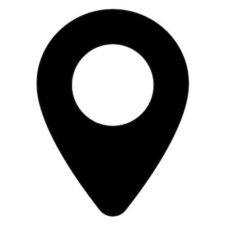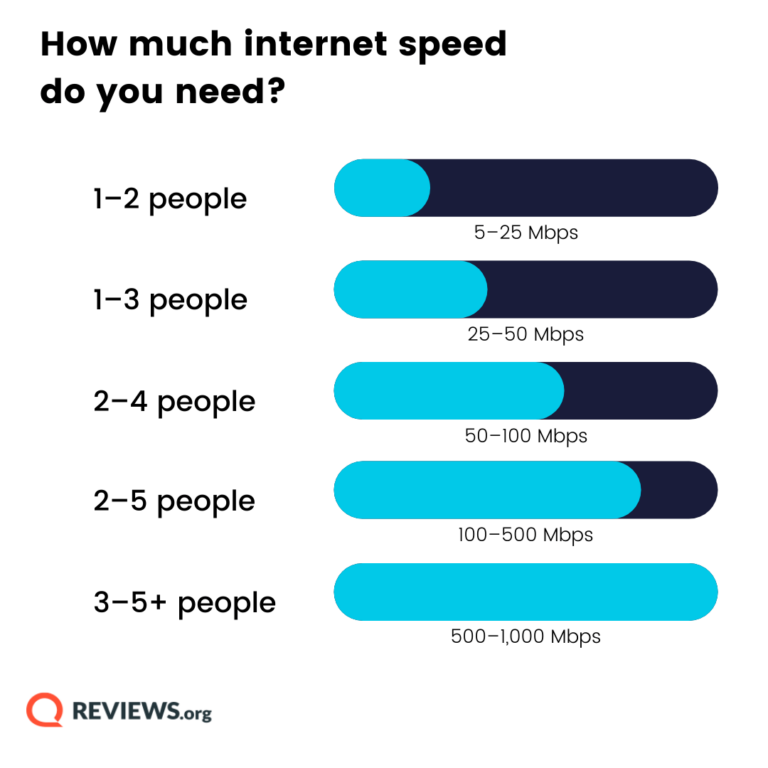You’ll also probably notice other brands like Grande Communications and Wave Broadband are using the new name. This change might make things confusing, so we will keep up with any service updates that might pop up. We also took a look at actual internet speed performance, as well as whether your bill goes up after a while—and by how much. After the dust settled, we flagged Comcast Xfinity, Verizon Fios Home Internet, CenturyLink, AT&T Fiber, and Viasat as some of the best large internet service providers in the country. Find Cheap Internet Near Me | Compare the Cheapest Internet Providers Generally, DSL and cable internet are the most common types of internet service you’ll find. But you may also find fiber, satellite, or even fixed wireless internet options in your area. But if you operate a home business, are a creative professional, or if you share your internet with a lot of people, you may need more speed. Read our guide to internet speed to see our recommendations. So we tested actual internet speeds from ISPs around the US, and these five boast the fastest download and upload speeds.
Check what’s available near you. If your choice is between fiber and cable internet, go with fiber unless cable is a better price. Similarly, cable is a better choice than DSL. If you live in a rural area, it’s worth looking to see if fixed wireless is available, since it offers more data and lower latency than satellite internet. Find out how much internet speed you need. We recommend at least 100 Mbps for most households, but you may need faster speeds. Or you might get away with slower speeds, which could save you a buck or ten. Check data caps. A handful of ISPs still cap your data around 1 TB per billing cycle, plus satellite internet providers and fixed wireless providers usually have smaller data caps than that. Check the data cap on any plans you’re considering so you’re not surprised by data overage fees or throttled internet speeds. Double-check the fine print. It’s worth reading the fine print since most ISPs raise your price after 12–24 months. And there’s the question of how much installation and equipment will cost too. You should also check the early termination fee (ETF), especially if you know you might need to change internet providers in the near future. Bring your own modem and You can easily save around $10–$15 a month by not renting your ISP’s equipment and bringing your own instead. A good modem and router usually costs around $75–$100, but a $10 rental fee stacks up to $120 after a year. Search for deals. Many ISPs offer streaming subscriptions, rewards cards, or even free installation deals for new customers. Take a peek to see if any deals are offered in your area—and if those incentives are something you’re actually interested in. Negotiate. It never hurts to ask for free installation or a deal if you bundle TV or phone with your internet. If you’re an existing customer, ask if you can take home the subscriptions or rewards cards offered to new subscribers.
The best large fiber internet providers include Verizon Fios Home Internet and AT&T Fiber. But there’s always a chance that you’ll find a small, local internet provider that offers better prices and fast Wi-Fi, so be sure to look at all the internet options near you. You can try to troubleshoot internet connection problems with our guide to fixing your internet, or you can contact your internet provider to make sure they’re aware of the problem and working on it.







